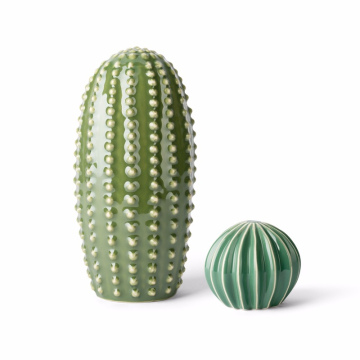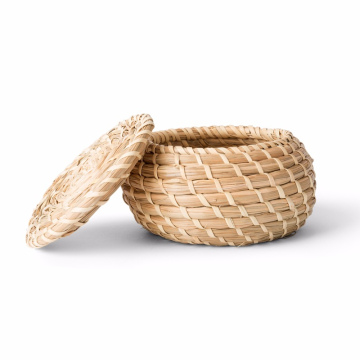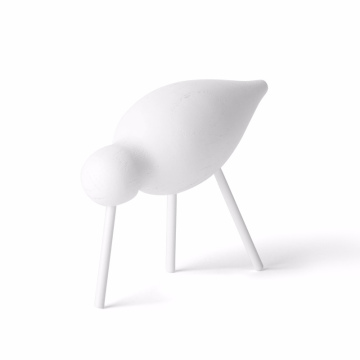Fugu: The Deadly Yet Exquisite Japanese Pufferfish Dish
Fugu (河豚) is a much-loved delicacy and popular culinary treat in Japan, celebrated for its refined taste, unique texture, and the daring thrill associated with eating it. However, what makes fugu truly infamous is its deadly potential—if not prepared correctly, it can cause fatal poisoning due to the presence of tetrodotoxin, a powerful neurotoxin with no known antidote. Despite the risks, fugu has been enjoyed for centuries, and strict regulations ensure its safe consumption today.
The Deadly Secret: Tetrodotoxin
The most dangerous aspect of fugu is tetrodotoxin, a highly potent neurotoxin found in various parts of the fish, including:
- Liver (most toxic part)
- Ovaries
- Intestines
- Skin
Tetrodotoxin is estimated to be 1,200 times more toxic than cyanide, and even a tiny amount (as little as 2 milligrams) can be fatal. The toxin works by blocking sodium channels in nerve cells, leading to paralysis, respiratory failure, and ultimately death if untreated. Victims remain fully conscious as they lose control of their muscles, experiencing numbness and difficulty breathing.
There is no antidote for tetrodotoxin poisoning, and treatment mainly involves providing respiratory support until the toxin leaves the body naturally. While modern safety measures have reduced fatalities significantly, deaths from improperly prepared fugu still occur, albeit rarely.
Strict Regulations and Expert Training
Because of the extreme danger associated with fugu, Japan has some of the strictest regulations regarding its preparation. Only licensed chefs are allowed to serve fugu, and earning this license requires:
- Rigorous Training – Aspiring chefs undergo at least 3 years of specialized training, learning how to remove the toxic parts safely while preserving the edible flesh.
- A Difficult Exam – The licensing exam includes a written test, a practical test (where chefs must prepare fugu correctly), and even a tasting test—where the chef must eat their own preparation to prove its safety.
- Government Oversight – Licensed fugu chefs are strictly monitored, and restaurants serving fugu must adhere to strict guidelines to ensure safety.
Despite these precautions, home preparation of fugu remains illegal in Japan due to the risks involved.
How Fugu is Served
Fugu is typically enjoyed in high-end restaurants, where it is prepared in various traditional styles:
-
Fugu Sashimi (Fugusashi / Tessa, てっさ) – The most famous form of fugu, served as paper-thin slices of raw fish arranged beautifully on a plate, often resembling a chrysanthemum (a flower symbolizing death in Japan). It has a delicate, slightly chewy texture and a mild, clean taste.
- Fugu Hot Pot (Fugu Nabe / Tecchiri, てっちり) – Fugu is simmered in a light broth along with vegetables and tofu, bringing out its umami-rich flavor. The broth absorbs the fish’s essence, making it a popular winter dish.
- Grilled Fugu (Fugu Yaki) – Some parts of fugu are grilled with salt or soy sauce, offering a smoky and slightly crispy texture.
- Fugu Tempura – Deep-fried fugu is another popular way to enjoy this delicacy, giving it a crispy outer layer while maintaining a tender inside.
- Hirezake (Fugu-infused Sake) – One of the more unique ways to experience fugu, this is a drink made by soaking grilled fugu fins in hot sake, giving it a rich and slightly smoky flavor.
The Thrill of Eating Fugu
For many people, eating fugu is not just about the taste—it’s about the experience. The combination of its legendary status, the meticulous preparation by expert chefs, and the thrill of consuming a potentially lethal dish makes fugu an adventurous culinary choice.
Even though licensed chefs ensure the dish is safe, some enthusiasts claim to feel a slight tingling or numbing sensation on their lips and tongue—possibly from minute residual amounts of tetrodotoxin (well below dangerous levels). Some say this adds to the excitement, while others believe it is just psychological.
Fugu is particularly popular in winter, when its flesh is believed to be at its peak flavor. It is often enjoyed as a luxurious dining experience, with a full-course fugu meal costing anywhere from $100 to $500 or more, depending on the restaurant and the quality of the fish.
A Cultural and Historical Delicacy
Fugu has been eaten in Japan for centuries, with records dating back to the Heian period (794-1185 AD). However, during the Edo period (1603-1868), the dish was banned in many areas due to poisoning incidents. It wasn’t until the Meiji era (1868-1912) that fugu made a full comeback, thanks to Emperor Meiji, who lifted the ban after personally enjoying a taste.
Today, fugu is a symbol of luxury, craftsmanship, and daring dining. While its reputation remains tied to its deadly nature, modern regulations ensure that eating fugu at reputable restaurants is extremely safe.
Would You Try Fugu?
Despite its lethal potential, fugu is an iconic part of Japanese cuisine, attracting both adventurous food lovers and those who appreciate its delicate flavors. Thanks to strict regulations and expert preparation, it is safer than ever to enjoy.






